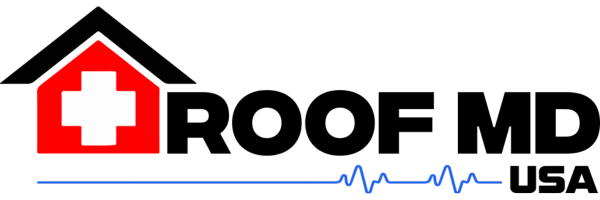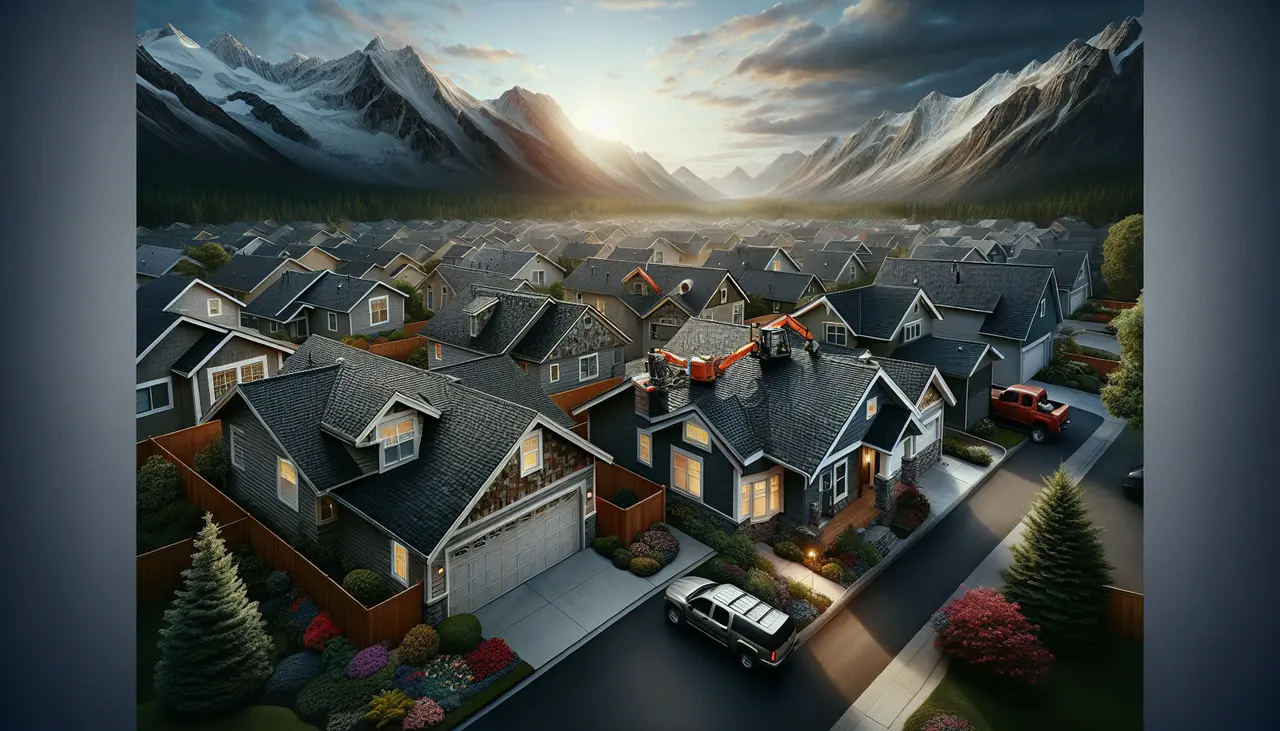Architectural shingles offer both durability and aesthetic appeal to your home, but like any roofing material, they require proper maintenance to ensure a long lifespan. Whether you’re a new homeowner or experienced in home maintenance, these essential tips will help you keep your shingles in top condition.
1. The Importance of Regular Inspections
Regular inspections are crucial for spotting potential issues before they escalate into costly repairs. By checking your roof at least twice a year, you can identify problems such as missing or damaged shingles, gaps, or debris accumulation. Autumn and spring are ideal seasons for these assessments, as the weather conditions are generally milder, making it easier and safer to conduct a thorough examination. Consider scheduling a professional roof inspection if you’re unsure about the condition of your roof or if it’s been over five years since your last check.
During a roof inspection, attention should be paid not only to the shingles but also to related components like flashing, gutters, and downspouts. These elements work together to protect your home from water damage. An important aspect is ensuring that any signs of wear and tear are recorded and addressed promptly in detailed inspection reports provided by the professionals. If you’re in Georgia, Roof MD USA offers comprehensive inspection services tailored to your specific needs.
2. Cleaning Debris and Moss Growth
Leaves, twigs, and moss can build up on your roof, trapping moisture that can damage shingles. Regularly clear off debris and use appropriate products to prevent and remove moss without harming your roofing materials. Consider treating your roof with safe chemical treatments or mechanical solutions like a gentle pressure wash. For more delicate operations, hiring professionals may be advisable to prevent accidental shingle damage.
Additionally, moss can lead to more significant issues. The roots can lift shingles, allowing water to penetrate the underlying layers of your roof. Proactive management of moss and debris not only extends the life of your shingles but also maintains the visual appeal of your home, especially when using quality roofing materials.
3. Addressing Loose or Missing Shingles
Loose or missing shingles can create vulnerabilities in your roof. Promptly replace them to prevent water from seeping underneath and causing further damage to your roofing system. It’s essential to choose shingle replacements that match the existing ones in terms of material, color, and shape to maintain the roof’s aesthetic cohesion.
4. Ensuring Proper Ventilation
Adequate roof ventilation helps regulate temperature and moisture levels, preventing damage to your shingles. Ensure vents are not blocked by debris and are functioning properly to extend the life of your roof. By allowing your roof to ‘breathe,’ you reduce the risk of heat buildup in the attic, which can accelerate shingle deterioration. Evaluating your ventilation channels regularly is just as important as inspecting the physical shingles themselves.
5. Checking and Repairing Flashing
Flashing provides an additional seal at vulnerable areas like chimneys and skylights. Inspect flashing for any cracks or deterioration, and repair as needed to prevent water ingress. Flashing is your roof’s first line of defense against leaks in critical areas, and even the smallest failure can lead to extensive damage.
Regular inspection of flashing can help identify minor issues before they become significant problems. This preventive measure is particularly important in regions subject to frequent rain or windstorms, where flashing is most likely to be tested. By maintaining this small but critical component, you enhance overall roof integrity.
6. Protecting Against Algae and Mildew
Algae and mildew can discolor and deteriorate your shingles. Applying a protective coating or using shingles that include algae-resistant materials can help maintain the appearance and integrity of your roof. This is not only an aesthetic consideration but also a structural one, as algae can speed up the decomposition of shingle layers.
7. After Storm Maintenance Tips
Post-storm inspections help you catch any wind or hail damage early. Look for broken, curled, or missing shingles and ensure that all repairs are made quickly to maintain your roof’s protection. Always document any damage with photographs to aid potential insurance claims and to ensure no detail is overlooked during repair assessments.



